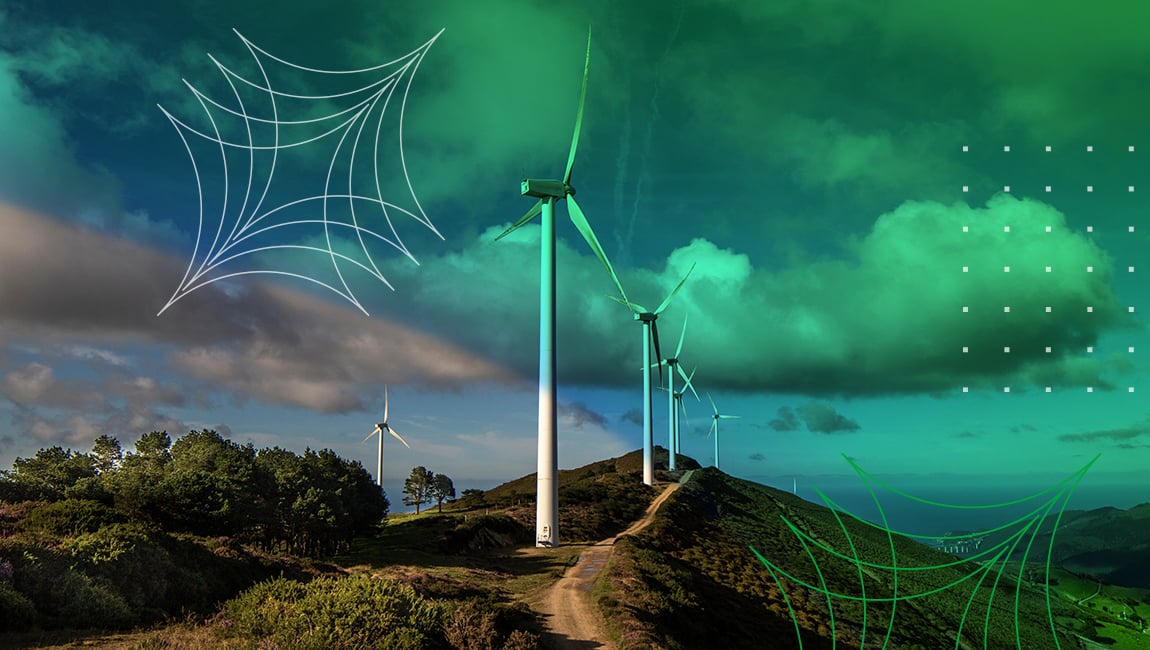Clean Energy: the core of the Energy Transition
categories:
Sustainability
What is clean energy and why is it crucial to achieve the energy transition
In the last few years we have been hearing more and more about clean energy. But what does the term clean mean, exactly? Which are the main clean energy sources, and why are they so crucial in the process of energy transition?
What you will find in this article
- The definition of clean energy
- The difference between clean energy and renewable energy
- The different types of clean energy
- The benefits related to clean energy
- The role clean energy plays in the energy transition process
- Prysmian Group’s commitment to promote clean energy
What is clean energy?
Clean energy, also known as green energy, is that kind of energy that can be produced without generating any form of pollution; that mainly means that there is no release of CO2 in the process.
In the last few years this matter has become more and more relevant in our society, since attention and care for the environment have grown; the world is slowly but steadily moving towards a future of decarbonization, also thanks to a new level of awareness growing around the topic. So, relying on clean energy or renewable energy – often confused with each other – instead of fossil fuels is an essential step to make if we really want to achieve the transition towards a more sustainable lifestyle.
What is the difference between clean energy and renewable energy?
As mentioned above, clean energy and renewable energy are not the same thing. While some of the clean energy sources are renewable, renewable sources are not always clean.
To give a definition, with renewable sources we mean all those sources of energy that can regenerate themselves and are, therefore, endless; most of them are sustainable and green, but some of them are not – or not entirely. This is the case, for example, of geothermal energy and biomass energy, two renewable sources that are however not clean: the former could in fact release CO2 during the extraction, the latter during the combustion process.
5 different types of clean energy
There are five different kinds of energy that can be defined as clean; while some of them are already widely used nowadays, others are less common.
- Hydroelectric energy: it exploits water’s movement to create energy.
- Eolic energy: it uses the power of the wind to create energy, in a similar but more technological way than the windmills.
- Photovoltaic solar power: it employs solar radiation to generate energy through photovoltaic panels.
- Thermal solar power: it uses solar radiation to warm sanitary water up.
- Tidal energy: it exploits the energy generated by tides.
What are the benefits of clean energy
The two main advantages of using clean energy are related to environmental and economic reasons. Today, 75% of CO2 emissions come from energy production1: switching to clean energy would allow us to reduce CO2 emission of 1.380 kg in a year. This would help fight climate change and reach carbon neutrality.
But also, using clean energy sources would be cheaper in the long run since most of them are inexhaustible; it would take an initial economic effort to develop the technologies needed, but it would turn out to be less expensive than fossil fuels.
How is the energetic transition going?
Energy transition is one of the main EU’s goals: achieving climate neutrality before 2050 is a milestone set by the Paris Agreement. The first steps were taken in 2015, when the EU defined strategy and rules, and European countries started improving energetic efficiency, cutting consumption by 34% and increasing the use of renewable energies by 32%. With the Green Deal, EU countries set a new goal: decreasing emissions by 50% before 20302.
Switching from fossil fuels to clean energy and renewable energy is hence an integral part of the energetic transition and is also essential for reaching the goals set by the EU. That’s why different countries are experimenting in this direction and working on new energetic solutions with a low impact on the environment.
Prysmian Group’s commitment to promote clean energy
The transition from fossil fuels to renewable and clean energy sources is one of the greatest and most urgent problems facing humanity. In this context, access to cleaner and greener energy requires the installation of larger and smarter networks and infrastructure. This is why Prysmian Group works tirelessly to deliver sustainability via innovative solutions, contributing every day to the development of smarter and more sustainable electricity grids and telecommunication networks, in order to transport clean energy and information faster and further.
In line with the Social Development Goals, the Group contributes to facilitate access to clean energy, via continuous investment in research for the development of advanced solutions for the production and transportation of energy from renewable sources.



